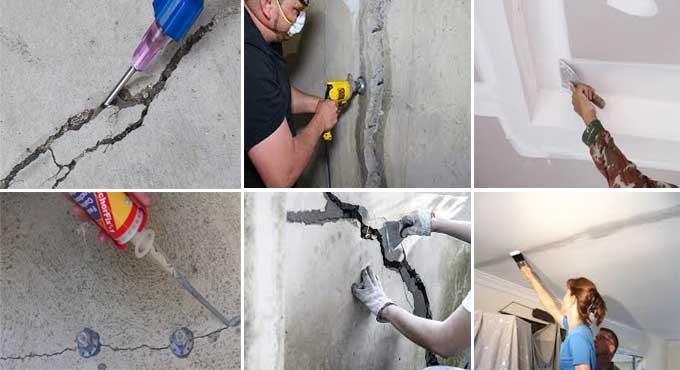NEWS | SOFTWARE | SHEET
The Importance of Fall Crack Repair: Causes and Solutions
There are many potential causes of falling cracks, including poor construction, bad materials, and poor maintenance. However, the most common cause of falling cracks is the structure weight. Cracks can appear in walls and floors as the foundation settles over time due to the weight of the structure. If the cracks are not repaired, they can continue to grow and eventually cause the structure to collapse.
Crack sealing is a preventative measure that helps to waterproof cracks in pavement and protect it from precipitation and the freeze-thaw cycles of winter. By sealing cracks, you are helping to extend the life of your pavement and prevent costly repairs in the future.
Causes of Proper Fall Crack Repair
The pavement expands during the summer and closes cracks. When the pavement is cold, the cracks widen, and the pavement contracts. Spring and fall are considered optimal times for crack repair because cracks are open in the middle of those seasons.
Contractors must ensure crack repair operations are done only in dry conditions even though cooler temperatures in the fall are ideal for this service. It is important to note that moisture present in the pavement will decrease the effectiveness of seals or cause frost to form in colder temperatures, making them less effective.
As the pavement expands and contracts, specialized materials are used to seal cracks and prevent intrusion of water and incompressible materials. The specialized materials used in crack sealants allow it to remain flexible at low temperatures so it doesn't crack or split, and stable at higher temperatures so it does not track or bleed on the pavement.
Key Methods Crack Sealing Operations
Crack Routing: Crack routing is an important step in crack sealing because it helps to ensure that the sealant adheres properly and that the crack will be able to accommodate pavement expansion and contraction throughout the year.
Crack Drying & Cleaning: As sealants fail due to adhesion failure with crack walls, providing a clean, dry crack channel and removing any loose material from the crack is essential.
Material Preparation: Contractors need to follow manufacturers' application temperatures, heating temperatures, and moisture conditions before applying products. That will ensure that the adhesive will properly adhere to the surface and cure properly.
Material Placement: The operator should maintain a consistent speed to avoid over or under heating the material, which can cause the entire operation to fail. As the kettle operator monitors the material's temperature and quantity, overheating or under heating can cause the whole process to be suspended.
It is recommended that material be added equal to the amount of material being placed during crack sealing operations to maintain the appropriate application temperature range. This will help ensure that the material is properly heated and does not cool too quickly, which can cause the material to become brittle and difficult to work with.
Blotting: Proprietary detoxifying products are available that are designed specifically for blotting crack sealant. These products work by reducing the tackiness of the sealant, making it less likely to track under traffic. In areas where traffic must travel over the material before it cures, blotting protects the uncured crack treatment from tracking under traffic.
To get more details, watch the following video tutorial.
Lecturer: Fix it Flip
The end of the season is a very busy time of year in most parts of the country. It is essential that contractors finish as much work as they can before winter comes and they are unable to do so.
Nevertheless, many pavement owners need to fix cracks before the winter months damage them, which increases your sales as the temperatures drop.
Crack sealing is a process that helps to prevent water from seeping into the pavement and causing cracks to expand. By sealing cracks before they become bigger problems, you can help prevent potholes from forming.


